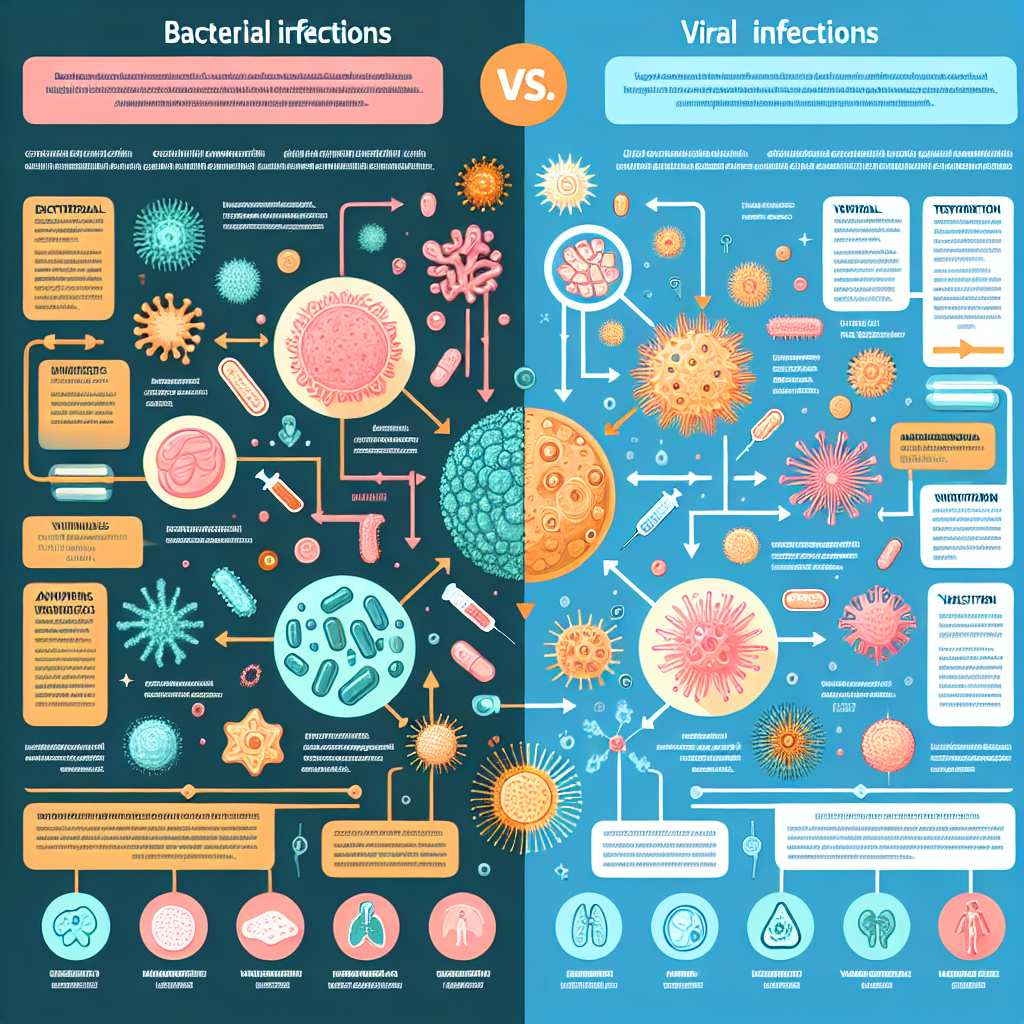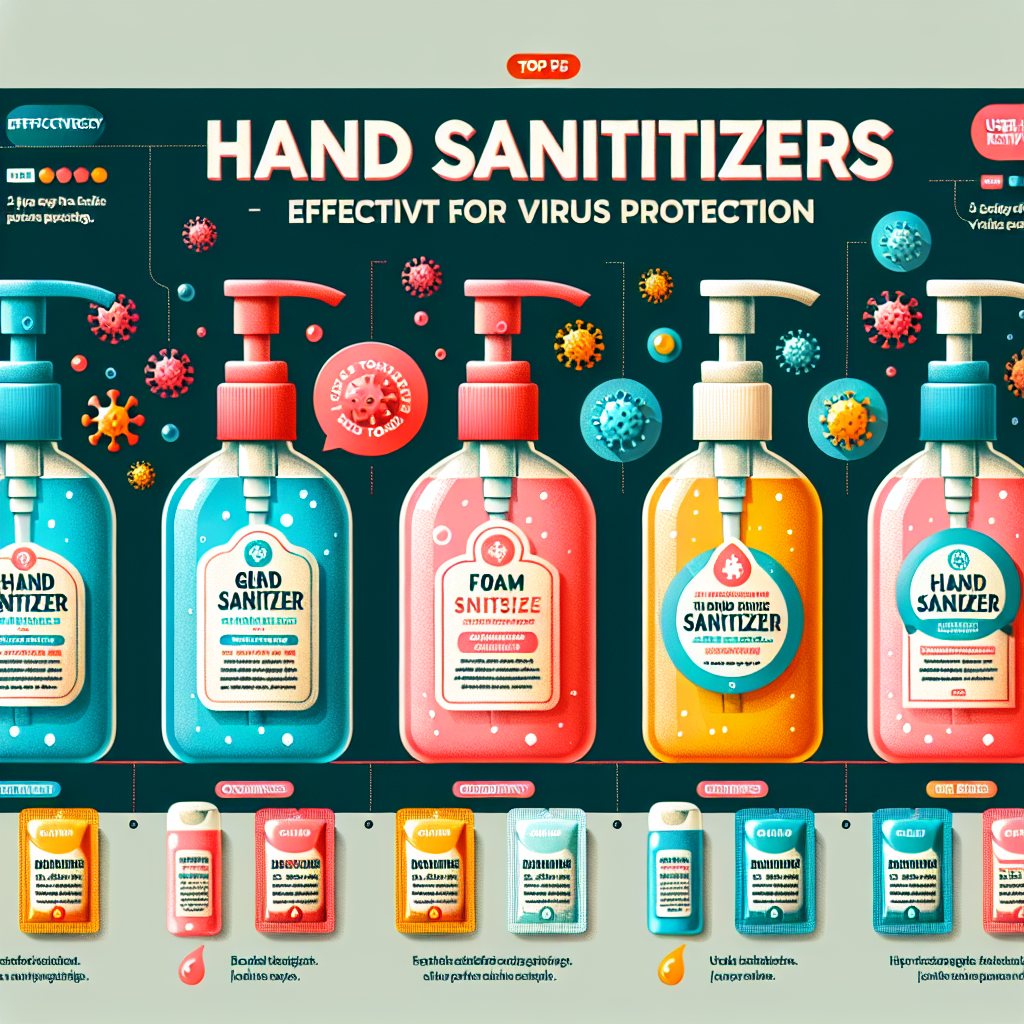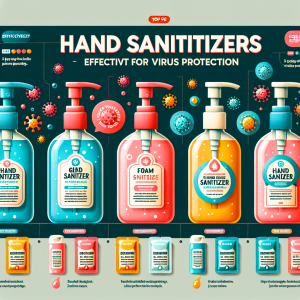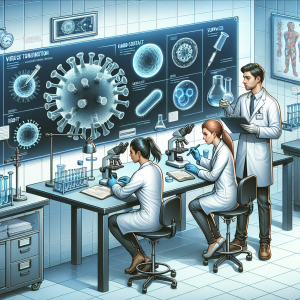What is antibiotic resistance?
Antibiotic resistance has emerged as one of the most pressing public health challenges of our time, threatening the effectiveness of treatments for various bacterial infections. This phenomenon occurs when bacteria evolve in a manner that diminishes or eliminates the efficacy of antimicrobial drugs. Understanding antibiotic resistance is essential not only for healthcare professionals but also for the general public, as it has implications for treatment protocols, infection control, and overall health outcomes. This article will explore the basics of antibiotic resistance, the mechanisms behind its development, its global impact on public health, and effective strategies for combating this critical issue.
Understanding the Basics of Antibiotic Resistance Explained
Antibiotic resistance occurs when bacteria change in response to the use of medications designed to eliminate them. As a result, the effectiveness of these drugs diminishes, allowing bacterial infections to persist even in the presence of treatment. This resistance can develop through various factors, including the overuse and misuse of antibiotics in human medicine, agriculture, and animal husbandry. Furthermore, the World Health Organization (WHO) has classified antibiotic resistance as a serious threat to global health, necessitating immediate attention from governments, healthcare providers, and the public alike.
One of the key factors contributing to antibiotic resistance is the inappropriate prescription of antibiotics. Many healthcare providers may prescribe antibiotics for viral infections, where they are ineffective. This not only fails to treat the patient but also places selective pressure on bacteria, allowing resistant strains to thrive. Public education about the proper use of antibiotics is crucial in reducing unnecessary prescriptions. Additionally, patients often do not complete their antibiotic courses, which can also contribute to the development of resistance.
The consequences of antibiotic resistance are far-reaching, affecting the treatment of common infections and increasing healthcare costs. Infections caused by resistant bacteria are more severe, necessitating longer hospital stays, more complex treatments, and potentially leading to higher mortality rates. As a result, there is a pressing need to address this growing crisis through informed public policy and community awareness initiatives.
The Mechanisms Behind Antibiotic Resistance Development
Antibiotic resistance can develop through several mechanisms, often involving genetic mutations in bacteria or the acquisition of resistance genes from other bacteria. One common mechanism is the alteration of bacterial cell walls, which can prevent antibiotics from entering the cell or reduce their effectiveness. Additionally, some bacteria can produce enzymes that neutralize antibiotics, rendering them ineffective. These mechanisms highlight the adaptability of bacteria and their ability to survive in hostile environments.
Horizontal gene transfer is another important mechanism for developing antibiotic resistance. Bacteria can exchange genetic material through plasmids, which are small DNA molecules independent of chromosomal DNA. This transfer can occur between different bacterial species, allowing for rapid dissemination of resistance traits. As such, even previously susceptible bacteria can acquire resistance, complicating treatment options. This phenomenon underscores the importance of understanding bacterial interactions within the microbiome and the environment.
The emergence and spread of antibiotic resistance are further accelerated by selective pressure from antibiotic use. When a population of bacteria is exposed to an antibiotic, most of the susceptible bacteria are killed, leaving behind those with resistance traits. These resistant bacteria then proliferate, leading to a higher prevalence of resistant infections. This cycle illustrates the urgent need for responsible antibiotic stewardship to mitigate the risks associated with antibiotic resistance.
Global Impact of Antibiotic Resistance on Public Health
The global impact of antibiotic resistance is profound, affecting millions of people worldwide and straining healthcare systems. According to the Centers for Disease Control and Prevention (CDC), over 2.8 million antibiotic-resistant infections occur annually in the United States alone, resulting in approximately 35,000 deaths. This situation is not confined to the U.S.; antibiotic resistance poses a significant challenge in both developed and developing countries, where access to effective treatments is already limited.
The economic burden of antibiotic resistance is also substantial. Increased healthcare costs arise from longer hospital stays, the need for more expensive drugs, and the management of complications associated with resistant infections. Estimates suggest that antibiotic resistance could lead to a cost of $20 billion annually in the United States, highlighting the need for comprehensive strategies to combat this issue. These figures underscore the importance of addressing antibiotic resistance as part of a broader public health agenda.
Moreover, antibiotic resistance exacerbates the difficulties in treating common infectious diseases, surgical procedures, and cancer therapies, where antibiotics are critical for preventing infections. The WHO has warned that without urgent action, we may face a future where routine surgeries become perilous due to the risk of untreatable infections. This reality points to the need for global collaboration and commitment to reducing antibiotic resistance through better practices and innovative research.
Strategies for Combating Antibiotic Resistance Effectively
To combat antibiotic resistance effectively, a multifaceted approach is necessary. One of the primary strategies involves promoting the responsible use of antibiotics through stewardship programs. These programs aim to educate healthcare providers and patients about the appropriate use of antibiotics, emphasizing that they are effective only against bacterial infections, not viral infections. This education is crucial in reducing unnecessary prescriptions and completing prescribed courses to prevent the development of resistant strains.
In addition, enhancing infection prevention and control measures in healthcare settings is vital. Implementing rigorous hygiene standards, using personal protective equipment, and employing effective sterilization methods can significantly reduce the spread of resistant bacteria. Vaccination programs also play a critical role in preventing infections, thereby reducing the need for antibiotics. The promotion of vaccines can serve as a preventive measure in the fight against antibiotic resistance.
Finally, investing in research and innovation is essential for developing new antibiotics and alternative therapies. Pharmaceutical companies, governments, and research institutions must collaborate to foster an environment conducive to the discovery of novel antimicrobial agents. Furthermore, encouraging the development of rapid diagnostic tests can help ensure that antibiotics are prescribed appropriately. Through these combined efforts, the global community can work towards successfully combating antibiotic resistance and safeguarding public health for future generations.
In conclusion, antibiotic resistance represents a significant and complex challenge for public health. Understanding its mechanisms, impact, and strategies for prevention is crucial for healthcare professionals and society as a whole. By promoting responsible antibiotic use, enhancing infection control measures, and investing in research, we can mitigate the risks associated with this phenomenon. It is imperative that we act collectively to combat antibiotic resistance, ensuring effective treatment options remain available for future generations. For more information, you can explore resources from the World Health Organization, the Centers for Disease Control and Prevention, and the National Institutes of Health.
Top hand sanitizers for virus protectionSeasonal flu vaccine effectivenessLatest research on virus transmissionRelevant LinkRelevant LinkRelevant Link













